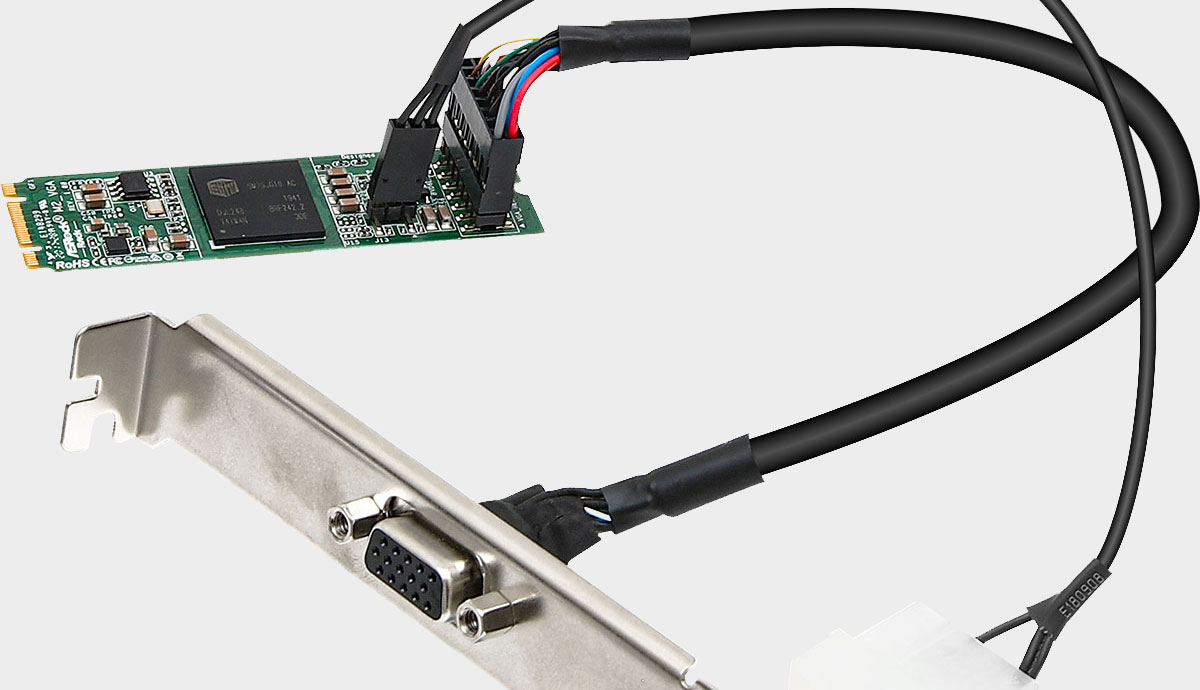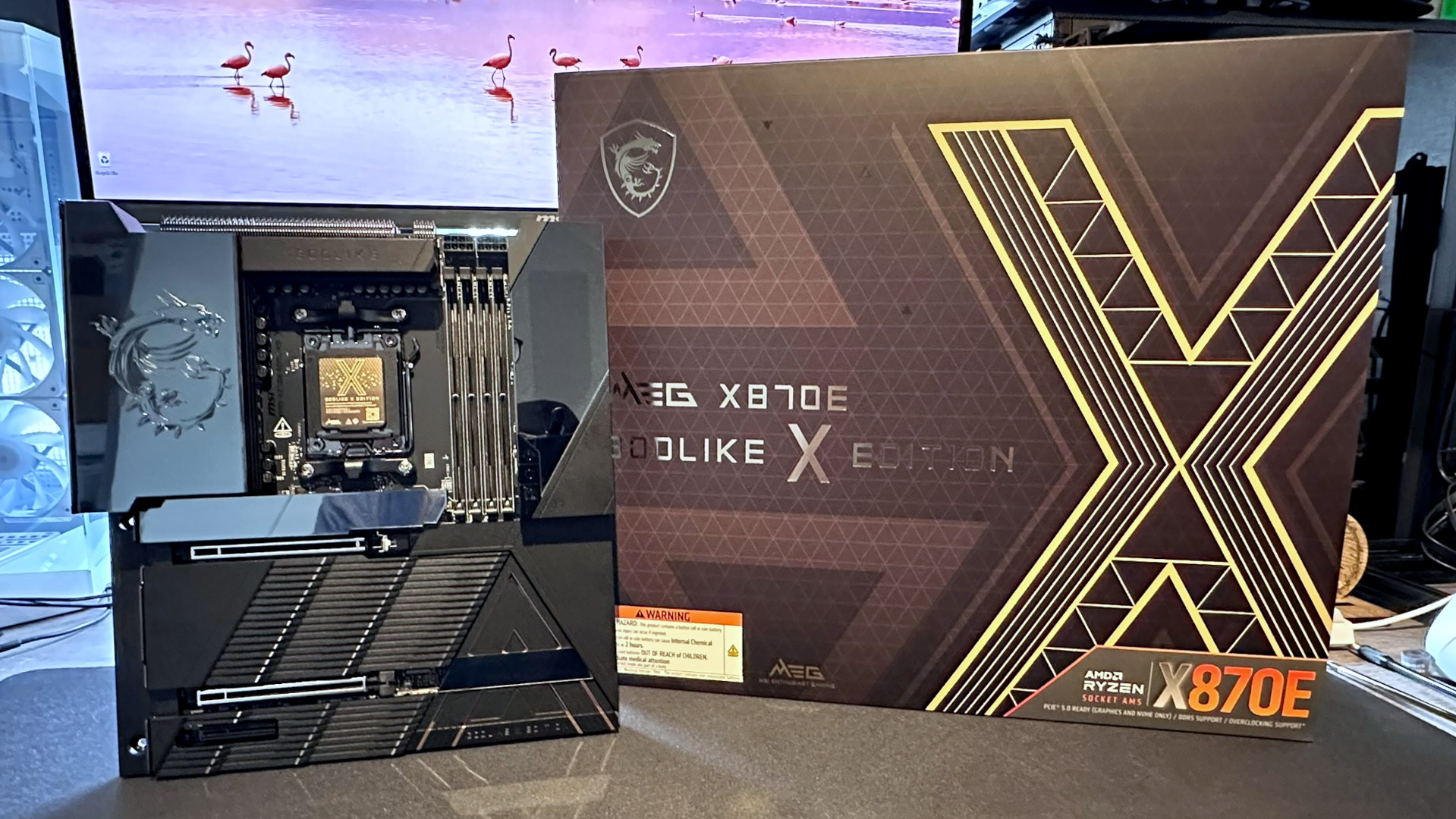Did you know you can install a graphics card in an M.2 slot?
Just don't expect to play Crysis (or any 3D games).

I have seen my share of graphics cards over the years, including standard PCI, AGP, and of course the go-to standard today, PCI Express. But a GPU in the M.2 form factor popularized by SSDs? That is a new one to me.

Best CPU for gaming: the top chips from Intel and AMD
Best graphics card: your perfect pixel-pusher awaits
Best SSD for gaming: get into the game ahead of the rest
ASRock Rack, the cloud computing and storage arm belonging to ASRock, has introduced what it has dubbed the M2_VGA module (via Tom's Hardware). Now when I call this thing a graphics card, or GPU, I am using those terms loosely. This is not a module that you would plug into your gaming PC to play even the least demanding titles—it won't get the job done.
However, it can be installed into almost any PC with a spare M.2 slot, to add legacy display support. Silicon Motion's SM750 embedded chip provides the graphics capabilities, to a display connected with a 15-pin D-Sub connector—sort of a relic from a previous era, before DVI, HDMI, and DisplayPort became the common standards.
Why the M.2 form factor? Many modern PCs have at least one M.2 slot, which depending on the system, taps into the PCIe bus.
The SM750 is a rather basic chip with only 2D capabilities—it can't process 3D graphics. It does, however, feature its own memory controller, with this implementation having 16MB of DDR memory. According to the module's product page, the max resolution supported is 1920x1080, though a separate document suggests it might be 1920x1200.
The module draws power from a Molex connector, and consumes a mere 1.49W, far less than an Nvidia GeForce RTX 3080 or anything of the sort. A second cable swings to connect with a D-Sub bracket, for hooking up a display. Support is wide ranging, too—it works with AMD, Intel, Freescale PPC, Marvell, and several other CPU types, as well as Windows and Linux support on the OS side.
While not built for gaming, something like this could be used in point-of-sale terminals, industrial PCs, slot machines, display signage, and so forth. But really it's just kind of neat to see another graphics form factor.
Keep up to date with the most important stories and the best deals, as picked by the PC Gamer team.
Paul has been playing PC games and raking his knuckles on computer hardware since the Commodore 64. He does not have any tattoos, but thinks it would be cool to get one that reads LOAD"*",8,1. In his off time, he rides motorcycles and wrestles alligators (only one of those is true).


